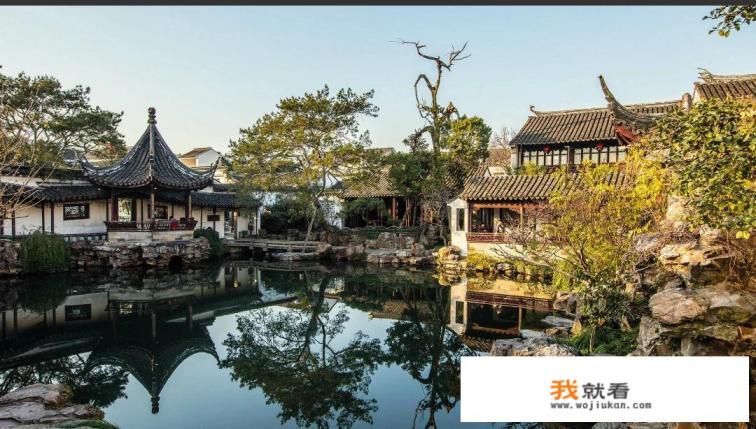"The Japanese Garden" can be translated into English as "Japanese Gardens". This translation encompasses the use of the word garden, such as in the phrase "Suzhou Gardens," to emphasize the traditional or classical aspects of Japanese园林 design. The proper term for "Japanese gardens" would be "Japanese Gardens." The construction and establishment of these private retreats or spaces are typically referred to as built. In terms of your specific question about a reference to "retreat built," this structure is generally considered to be a noun + past participle combination, with "retreat" serving as the main noun and "built" acting as an adjective that describes the resulting location or space. The past participle "built" denotes the act of constructing or building something, while the noun "retreat" implies a secluded or peaceful setting designed for contemplation and reflection. It's important to note that "retreat built" refers to the physical structure or area that was constructed specifically for the purpose of a personal retreat or getaway from daily life. If there are additional words or phrases attached to the "built" part, they may provide more context or details about the specific features or characteristics of the retreat. "The Japanese Garden" can be translated into English as "Japanese Gardens," as it effectively conveys the idea of ancient Japanese landscape design that often includes carefully crafted retreats or serene spaces. The usage of the word garden emphasizes the traditional or classic aesthetic associated with Japanese architecture, where gardens are a deliberate representation of balance, harmony, and tranquility. By translating "Japanese gardens" into English, we convey the notion of a place dedicated to escape and relaxation, often featuring features like winding paths, tranquil ponds, pavilions, and pagodas that evoke a sense of introspection and meditation. The use of the noun "Japanese gardens" alone would capture the essence of this type of private retreat, but if you want to delve deeper into the context surrounding the actual construction or existence of such spaces, a detailed description might be required. A typical Japanese garden can encompass several elements, such as:

- 建筑物: Typically, these retreats are constructed using various architectural styles, such as Zen, Buddhist, or traditional Japanese, to reflect the country's rich cultural heritage and intricate design aesthetics.
- 静谧环境: These gardens often feature serene waterways, minimalist landscapes, and natural vegetation, allowing visitors to immerse themselves in a peaceful environment free from noise and distractions.
- 民居元素: Many Japanese gardens incorporate small dwellings, temples, or shrines, which serve as both functional retreat spaces and spiritual focal points for contemplation and meditation.
- 山水景观: Incorporating local flora and fauna in the landscaping adds a unique touch to the garden, providing a harmonious blend of nature and culture.
- 色彩搭配: Japanese gardens often employ bold, contrasting colors to create visual interest and create a visually striking contrast against the natural surroundings.
By integrating this information into a sentence, you can communicate the concept accurately and effectively, demonstrating the sophisticated and distinct nature of Japanese gardens as an embodiment of timeless beauty and serenity.

